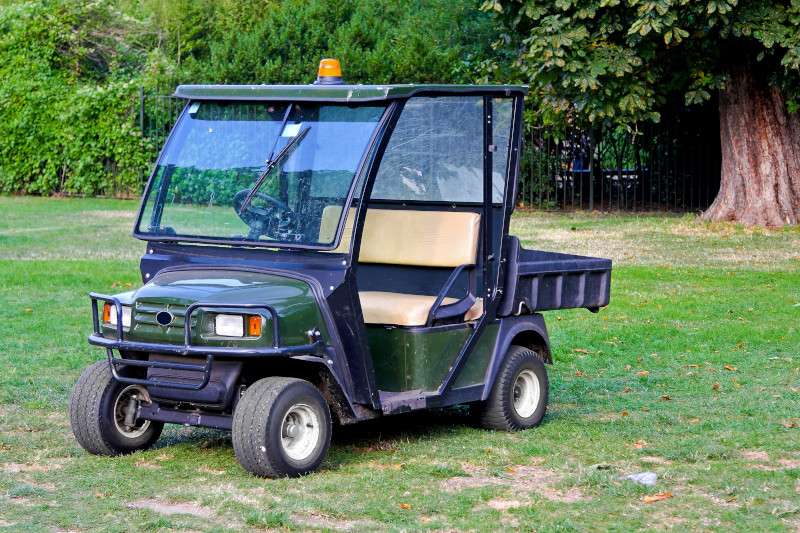Myths about distracted driving

Motor vehicle accidents are the leading cause of workplace fatalities in the United States. Any number of employees in your district may operate a vehicle while on the job, including maintenance workers, administrators whose services are required across the district, and teachers who work in more than one building. It is important to give them the tools and information they need to operate their vehicle—whether it is their own or one belonging to the school district—safely.
Distracted driving is one of the most frequent causes of vehicle crashes. It encompasses more than just texting while driving—distracted driving is anything that:
- Takes your eyes off the road—a visual distraction.
- Takes your mind off the road—a cognitive distraction.
- Takes your hands off the steering wheel—a manual distraction.
The following are a few myths about distracted and defensive driving, and the real story about how it can affect anyone who operates a motor vehicle.
Myth: If I use a hands-free device, such as a Bluetooth device, I eliminate the risk of becoming distracted.
Reality: Hands-free devices provide a false sense of safety. The human brain typically is unable to process two cognitively complex tasks at once.
Myth: As long as I follow all traffic rules, I shouldn’t have to worry about getting into a crash.
Reality: A good driver regularly scans 12-15 seconds ahead and looks in their mirrors every three to five seconds. You never know when another driver will make a poor decision.
Myth: Driving under the influence of alcohol or drugs is the only definition of “impaired driving.”
Reality: The University of Utah conducted a study that showed drivers who used their cellphones had slower reaction times than those who had a blood alcohol content of 0.08%. When you are distracted, you are in no condition to drive.
Myth: Tailgating another vehicle is OK, as long as I’m paying close attention.
Reality: You can’t anticipate another driver’s moves, and you can’t know that your reaction time will be quick enough to avoid a crash. In dry weather with clear visibility, you should create a four-second space cushion between your vehicle and the vehicle ahead of you. Add another second for each unfavorable condition, such as rain, snow and ice.
Myth: Tending to children or pets while in the vehicle is fine, as long as I keep my eyes on the road.
Reality: Even though you may technically be looking at the road, your mind is elsewhere. Because of this, your reaction time to any adverse conditions will be slower.
For more risk management tips on driving and vehicle safety to keep your employees and others on the road check out these transportation risk resources.




